In today’s fast-paced laboratory environments, clearly defined roles and responsibilities are essential for smooth operations. Whether it’s a research facility, quality control lab, or diagnostic setting, ambiguity around duties can lead to inefficiencies, compliance gaps, and staff frustration. For lab managers, establishing clear expectations isn’t just about assigning tasks—it’s about empowering your team, improving lab efficiency, and ensuring everyone can contribute meaningfully.
By aligning your team around well-structured lab roles and responsibilities, you can enhance communication, optimize resource allocation, and create a culture of accountability and mutual support.
Many lab managers find that staff perform a wide array of tasks beyond their original job description. While flexibility is valuable, overlapping responsibilities can cause confusion or burnout. Establishing and routinely revisiting job descriptions helps lab personnel understand their core duties, opportunities for development, and how their work connects to the lab’s broader goals.
Checklist for refining job roles:
Review current job descriptions annually
Align duties with team goals and regulatory requirements
Involve team members in updating descriptions
Make expectations accessible (digital handbook or intranet)
Scenario:
During an internal audit, your team discovered inconsistent documentation practices. After reviewing roles, you realize that multiple team members assumed others were handling compliance logs. By clearly defining documentation duties within each role, the lab improves both compliance and clarity.
Labs that embrace role mapping gain visibility into skills distribution and task ownership. A role map can visually define who does what, who backs up whom, and where there are gaps or overlaps.
Sample role map table:
| Task/function |
Primary owner |
Backup staff |
Frequency |
| Sample reception |
Technician A |
Technician B |
Daily |
| Data analysis |
Analyst B |
Analyst C |
Weekly |
| Equipment calibration |
QA lead |
Lab assistant |
Monthly |
| Inventory management |
Lab coordinator |
Technician C |
weekly |
Creating this kind of visibility helps prevent task duplication and enables coverage planning for absences or leave.
Scenario:
A team member unexpectedly goes on leave. Thanks to your lab’s role map, coverage is already assigned, and the team adjusts without disruption. This proactive planning reduces stress and ensures continuity.
Successful teams focus on communication as much as compliance. Without open, ongoing conversations about responsibilities, even the best-structured teams can falter. Regular check-ins, clear documentation, and shared platforms support alignment.
Communication boosters:
Weekly huddles to address task updates
Shared digital calendars for task assignments
Task boards or project management tools (e.g., Trello, Asana)
Open-door policy for questions or clarification
Scenario:
A junior staff member expresses confusion about their role during a team meeting. Instead of brushing it off, you invite a discussion that leads to clearer expectations for the whole group and uncovers areas for mentorship.
Lab managers who manage staff through inclusion and empowerment often see higher motivation and stronger outcomes. Invite your team into conversations about workflow design, SOP changes, and performance metrics.
Ways to encourage role ownership:
Invite staff to propose SOP improvements
Recognize individual contributions in meetings
Rotate leadership of team briefings
Allow staff to lead internal audits or training refreshers
When individuals feel trusted and seen, they are more likely to own their responsibilities with pride and initiative.
Scenario:
During a process review, a team member suggests a change to sample labeling that reduces turnaround time by 10 percent. Their initiative inspires others, and your lab sees a measurable efficiency boost.
Effective onboarding is one of the most critical touchpoints for defining lab roles and responsibilities. First impressions last, and new hires who understand their role from day one are more confident, compliant, and engaged.
Onboarding elements to include:
Clear written job description with core and secondary tasks
Assigned mentor or buddy
Role-specific SOP review checklist
Overview of how their work contributes to lab goals
Scenario:
A new technician joins the lab and is immediately looped into a tailored onboarding schedule. They quickly integrate, ask informed questions, and avoid common mistakes because their responsibilities were clearly outlined.
Defining clear roles and responsibilities is more than a management exercise—it’s a people-first strategy that enables smoother workflows, reduces ambiguity, and builds team confidence. Labs that invest in clear communication, participative planning, and proactive onboarding create a culture where everyone knows their place and potential.
Whether you’re managing a small QA team or coordinating across departments, sharpening how roles are defined and communicated helps you lead with purpose and clarity.
Keep learning and elevating your lab leadership by signing up for Lab Manager Academy today. For a deeper dive into this specific topic, explore our dedicated course: Roles, Responsibilities, and Objectives.

